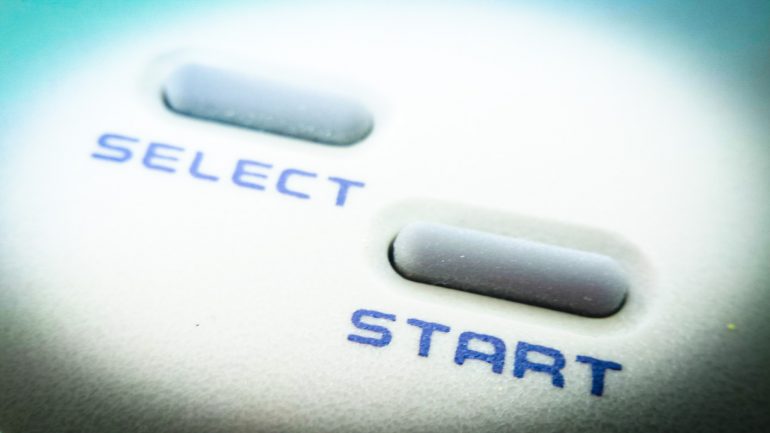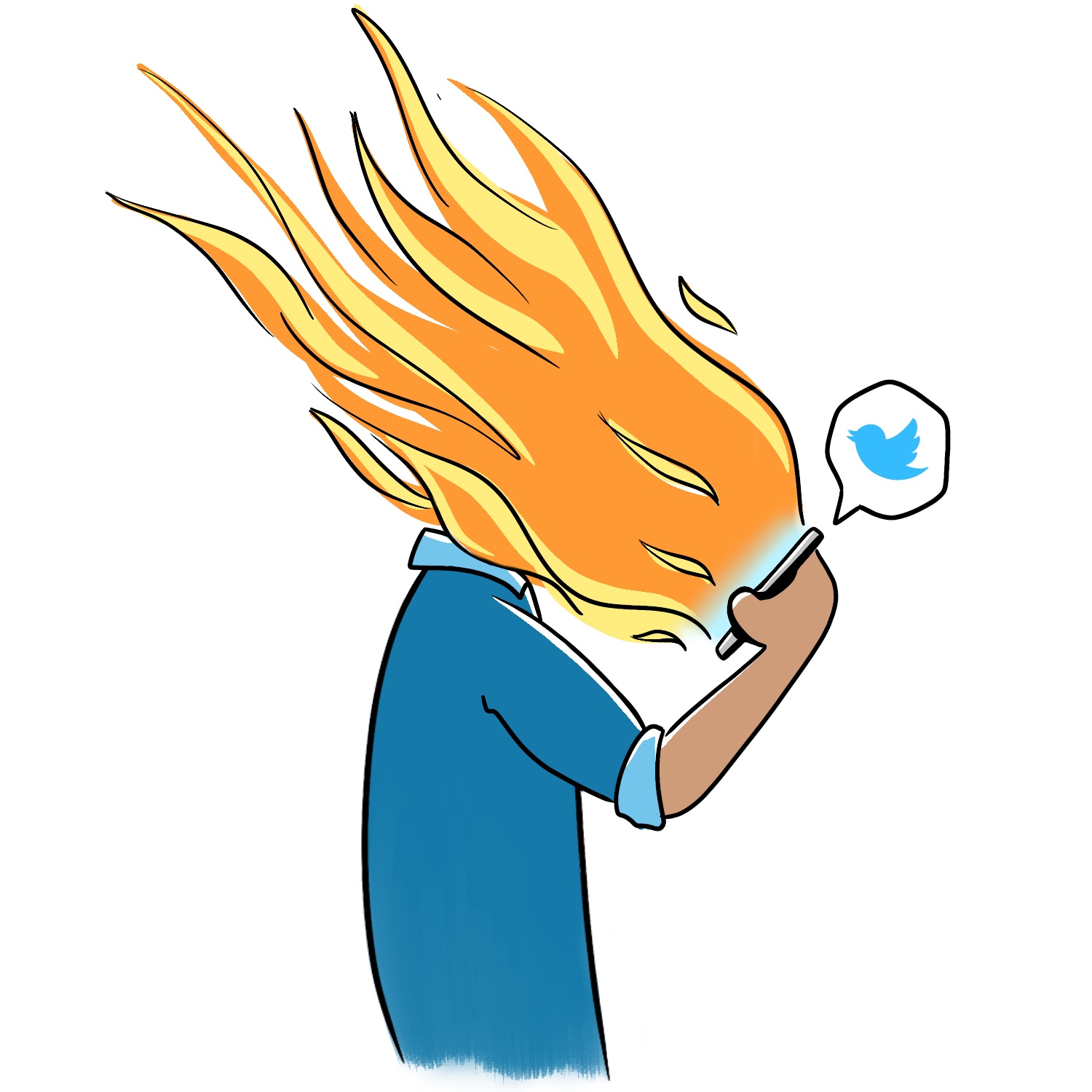In the last year, Nintendo released two microconsoles which included expansive catalogs of classic Nintendo games that many people grew up playing. The Nintendo Entertainment System: NES Classic Edition was released on Nov. 11, 2016 with 30 games built into the machine for $60, the typical price of one new video game title on any standard console. Following the success of this re-release of an old classic, Nintendo repeated their success in September 2017 by launching the Super NES Classic for $80 with 21 games built-in.
In adjunct with the debut of these miniatures of two classic consoles, Nintendo also released a brand new, full-fledged console: the Nintendo Switch. The Switch was priced at $300 with only 10 games for separate purchase on launch day. Of the 10 titles, only two were actually developed by Nintendo—the most hyped of which, “Legend of Zelda: Breath of the Wild,” was originally intended for the previous Nintendo console, the Wii U. The Wii U struggled to gain traction in the market, which led to the game being pushed back until finally being released years after it was promised. “Zelda” is a Nintendo exclusive game which is often heavily advertised as a reason to buy the company’s new console in the first place. But with the Wii U, that wasn’t the case. Those who bought the Wii U had to wait five years for the promised game to finally arrive and by then, they had the tough decision of either sticking to the outdated console or jumping ship and moving on to the next chapter of Nintendo; a chapter that was not originally intended. The Wii U’s failure at being the newest flagship console was what prompted the developers at Nintendo to create the Switch in the first place; thus making the console nothing more than an attempt for the legendary company to stay current and not simply be “the company who made Mario.”
What’s so egregious about Nintendo’s latest antics is that it doesn’t match their history of being an innovative company with a firm understanding of its market and how to adapt to fit the desires of their customers. Nintendo stated their philosophy has been to be innovative and to inspire further game development and creativity, but with the digression to simply remakes of old content and consoles, no innovation is being put forth, and no creativity is being derived from the blatant self-plagiarism. Its lazy copy, paste, and change-the-font-size job can’t even be called a period piece that offers a new and exciting experience with the same old feel everyone grew up to love. Instead of making a product that thrusts the buyer back to when they were nine years old playing “Starfox” for the first time on Christmas day, Nintendo forces the buyer to pick up a dusty old toy that they don’t even play with anymore while hovering over their shoulder, praying that they actually enjoy the sad attempt at rekindling something that resembles childlike joy.
Indie game developer, StudioMDHR, have, on the other hand, succeeded in capturing a time period and offering a nostalgic experience. Their first game, “Cuphead”—a rage-inducing, run-and-gun game stylized to look like ‘30s-era animation—that definitely has its eyes set on referencing a decades-old genre of games, has hit the nail on the head on offering a nostalgic feel of how games used to be in their earlier iterations while still looking fresh, new, and not exactly like a carbon copy of the decade it’s emulating. Unlike the two brothers who comprise StudioMDHR, the massive corporation that has the resources to create beautiful and inspiring content opted for reaching into their proverbial “Disney Vault” and selling people’s raw memories back at them. While “Cuphead” is a game that took three years from its first announcement at E3 2014 to finally release, Nintendo just shrunk their old content and told the masses to eat it up as if it were new.
Nintendo, along with Xbox and PlayStation, is considered one of the major game consoles. But a key difference between Nintendo and the latter two is that Microsoft and Sony are scrambling over creating games that have the best graphics, the best story, and making sure the hardware looks sleek, while Nintendo is trying desperately to make the box that holds the game more unique and provocative rather than actually producing new and innovative content.
While the other two powerhouse gaming systems are pumping out simple, matte black boxes that can play 4K movies, link up to Netflix, and have massive storage built into them from the time of launch, Nintendo is busy blurring the line between what is a tablet, an at-home console, and a handheld gaming system that makes the bus ride to school that much more fun. Nintendo needs to quit looking through their old scrapbook and actually focus on making new content that has games galore to play. Because if there aren’t any games worth playing, they only thing the customer has is another item collecting dust and taking up where the new XBox could be.
The easier sell for the company is just repackaging their outdated innovations rather than thinking up any new ones. Nintendo has resorted to selling weird gimmicks as the reason to buy their new stuff, when it should be looking to the future and creating games that take its legacy to the modern level. “Breath of the Wild” was pushed by the company as the reason to buy the Switch because it was exactly the type of content that should be produced by the company constantly—a classic idea that everyone knew but wasn’t a direct transfer of the original “Legend of Zelda” released decades ago. Instead, it worked to elevate the franchise.
The issue is Nintendo has built itself on being able to roll with the punches and growing as the industry morphs and reaches new limits. But if they keep churning out the same off-white-and-beige boxes that got them to where they are, they’ll be left in the dust. Nostalgia is a concept of the past, and if Nintendo expects it to be their future, they are in for a rude awakening. Instead of being a good throwback to a simpler time where games were a fraction of the size they are now, it’ll become an outdated company that’s stuck in the eighties.
This article originally appeared in the print edition of our February 2018, issue.





